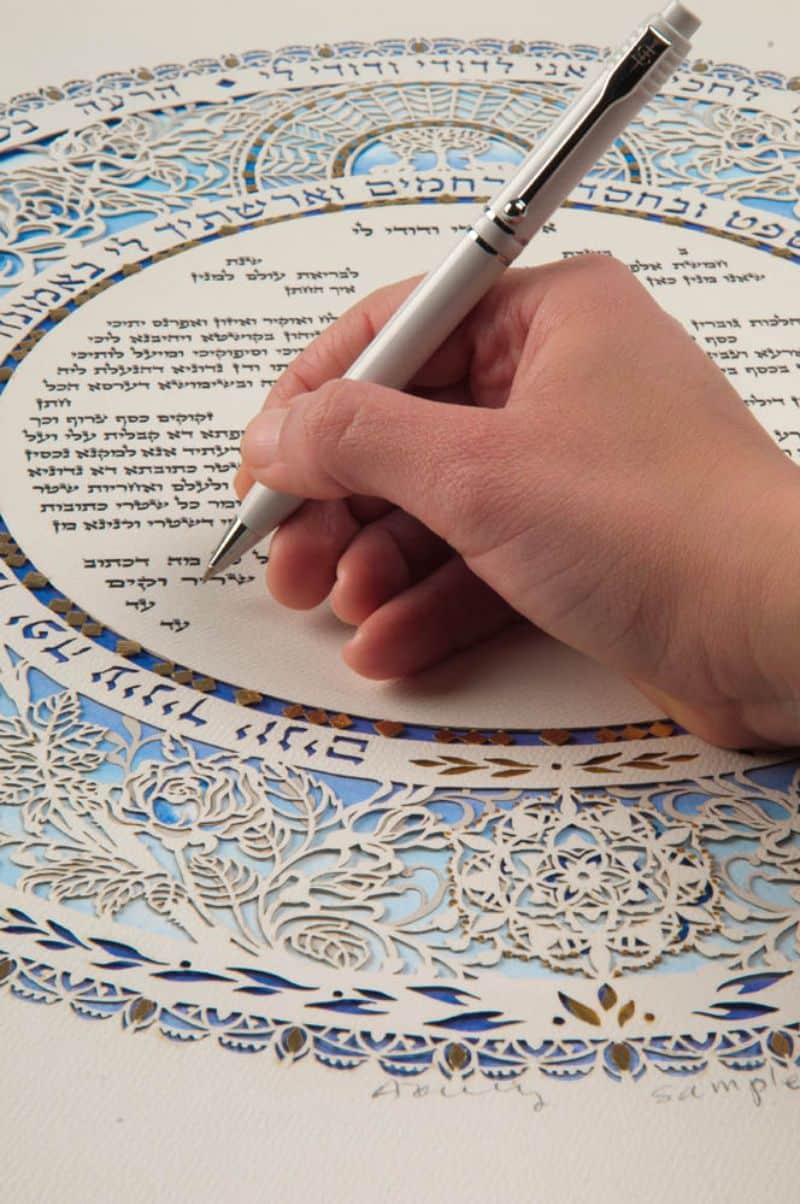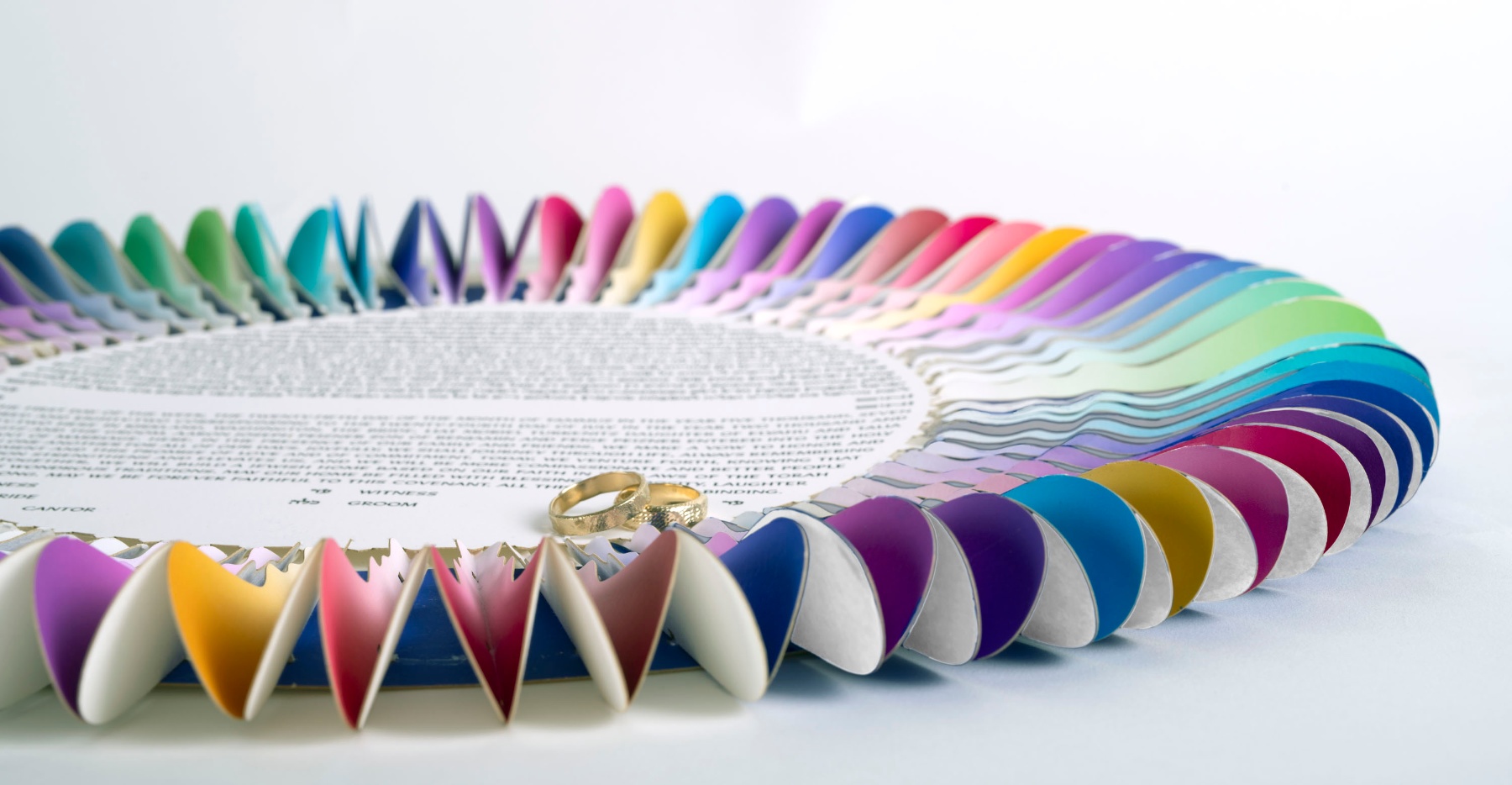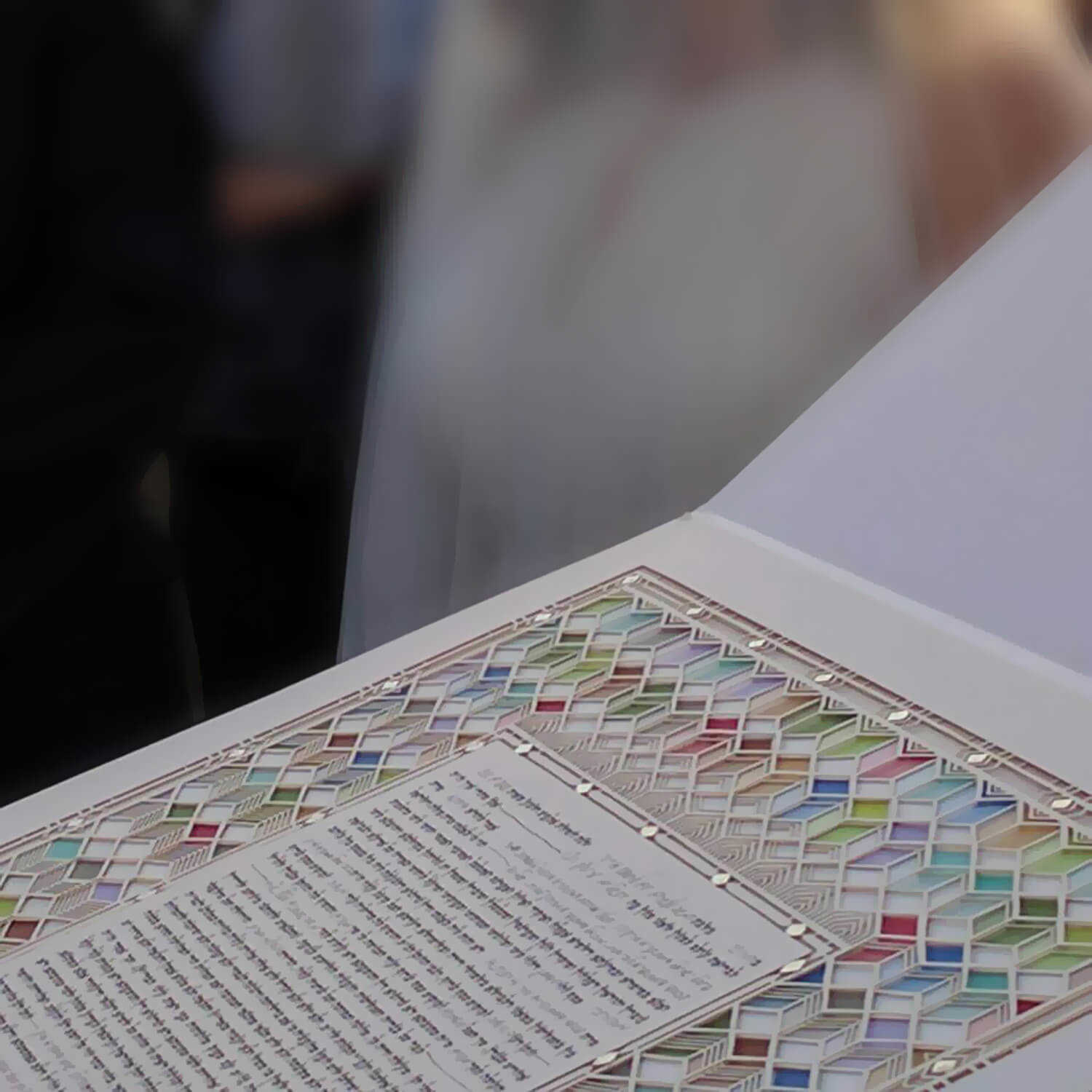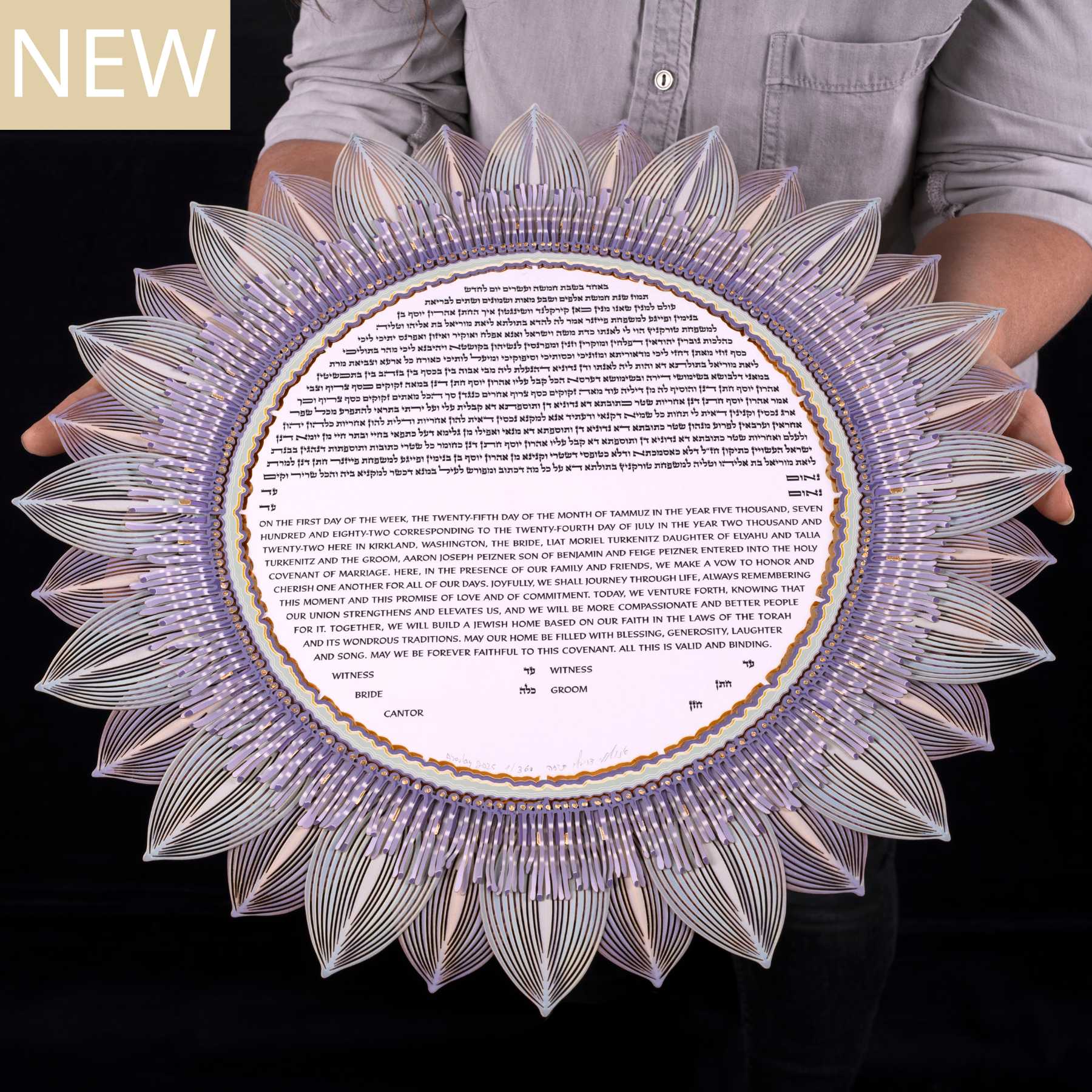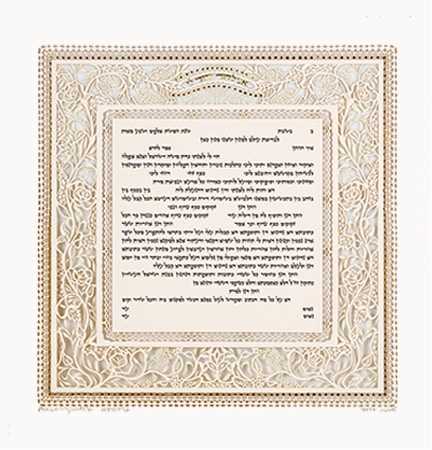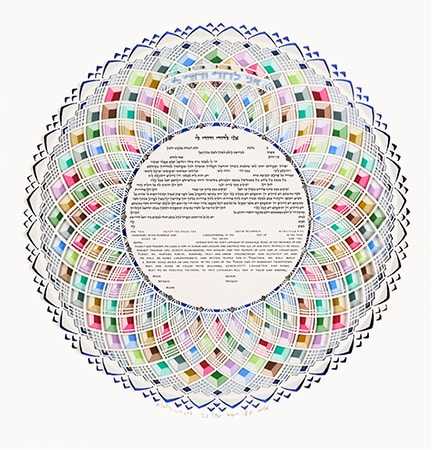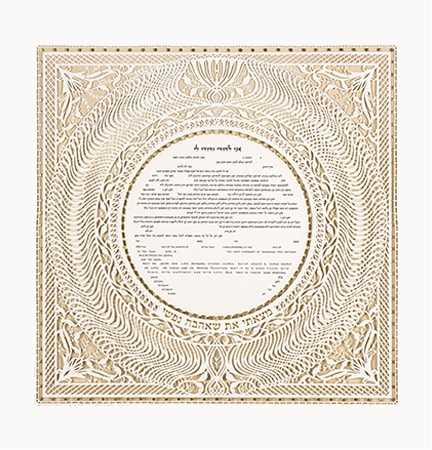The History of the Ketubah: From Ancient Tradition to Modern Art
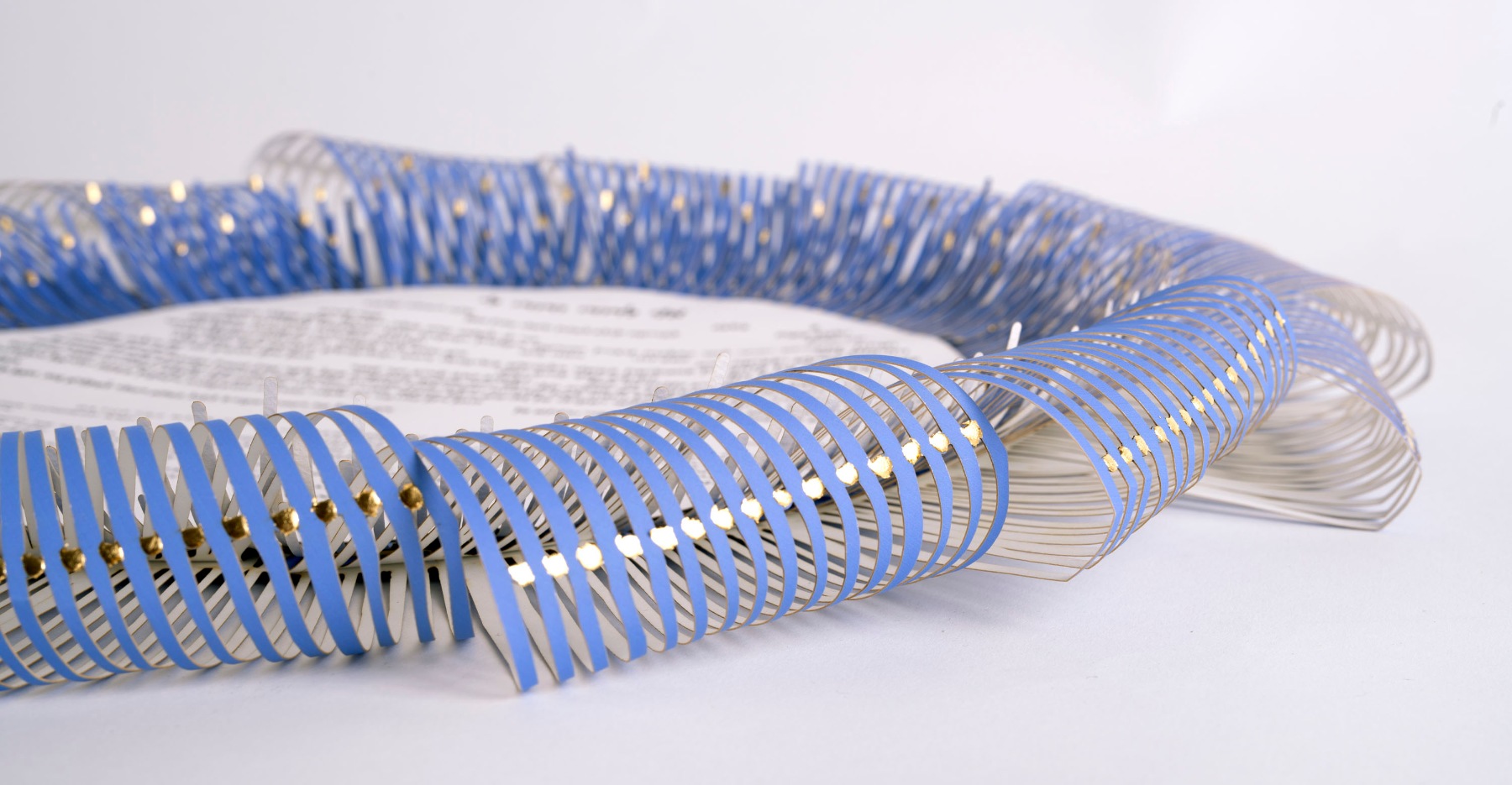
The wedding Ketubah has its roots deep in Jewish history, dating back over two thousand years to ancient times when it was introduced as a legal safeguard for women within the framework of Jewish marriage. Originally, the ketubah served as a binding agreement that ensured the financial protection of the bride, providing her with clear entitlements in the event of divorce or her husband’s untimely death. Unlike modern romantic notions of marriage, the ketubah was not initially a symbolic or decorative document, but rather a formal legal instrument writing down the financial obligations of the groom to his bride, particularly in patriarchal societies where women often had limited financial standing. This historical context highlights the Jewish marriage document as one of the earliest recorded legal documents to codify a woman’s right to economic support within a religious system, predating many secular legal systems by centuries.
Beyond its legal implications, the ketubah also took on cultural and communal significance. It marked the seriousness of the marital commitment and was a central feature of Jewish weddings, signed in the presence of witnesses and read aloud at the chuppah ceremony before all. Over time, the wedding ketubah evolved in both language and purpose, adapting to reflect the values and realities of each era while preserving its original intent. Today, when couples choose a ketubah for their wedding day, they are not only honoring a sacred tradition but also participating in a historical legacy of justice, protection, and mutual respect. The enduring relevance of the wedding ketubah lies in this powerful blend of ancient legal structure and deeply personal meaning, reminding us that the institution of marriage has always been about more than emotion—it’s about responsibility, support, and shared values.
Ketubot Through the Ages – A Reflection of Time and Place
The wedding ketubah has never been a static artifact; instead, it has evolved continuously across centuries and continents, mirroring the cultural, artistic, and linguistic identities of Jewish communities throughout the diaspora. From the richly illuminated ketubot of medieval Spain to the elegantly calligraphed scrolls of Italy, each generation and region left its distinct imprint on both the form and content of the document. In Sephardic communities, particularly in Spain and later in North Africa, ketubot often featured intricate floral and geometric motifs influenced by by the art of the Muslim lands, framed in gold leaf and vibrant pigments. Italian ketubot, on the other hand, were known for their refined Renaissance-inspired borders, detailed penmanship, and the inclusion of family crests or biblical scenes.
Further east, in places like Iraq and Yemen, ketubot were typically inscribed in Aramaic or Judeo-Arabic, and their design often incorporated symmetrical layouts and symbolic imagery drawn from local tradition—such as hamsas, pomegranates, and palm trees. Meanwhile, in Eastern European communities, ketubot were more austere in appearance, focusing on the legal text, yet they occasionally included hand-drawn embellishments or popular folk motifs that added personality and charm. Regardless of geography, the wedding certificate maintained its central role as both a legal document and a cherished keepsake.
These regional expressions of the ketubah not only reflect artistic trends but also document shifts in the Jewish communities—migration patterns, communal values, and changing interpretations of marriage and commitment. Today, when couples commission or select a ketubah, they are engaging with this rich visual and textual tradition, honoring their heritage while often blending it with contemporary aesthetics. The diversity of ketubot through the ages stands as a testament to the resilience and adaptability of Jewish culture as a Jewish marriage contract , and the enduring significance of the wedding ketubah as a bridge between the sacred and the personal, the ancient and the ever-evolving present.
The Shift Toward Modern Art – When Function Meets Aesthetic
The 20th century marked a profound transformation in the perception and presentation of the Modern ketubah, ushering in a new era where form and function beautifully merged. No longer seen merely as a legal contract to be tucked away after the ceremony, the ketubah began to evolve into a cherished work of art—a centerpiece of Jewish wedding tradition with lasting visual and emotional impact. This shift was influenced by a broader movement within Judaica to elevate everyday ritual objects through artistic expression, and ketubot quickly became a natural canvas for creativity. Artists began to reinterpret the ketubah as a medium that could reflect the couple’s personality, cultural identity, and spiritual values, often drawing upon motifs from nature, Jewish symbols, and even abstract or contemporary design.
During this period, artist-designed ketubot gained recognition not only among marrying couples but also among collectors, historians, and museums. What once was a functional document found itself displayed in exhibitions of Jewish art and included in esteemed collections of Judaica. The emergence of modern printing techniques enabled the production of limited-edition prints that preserved the beauty of original artworks while making them accessible to a wider audience. At the same time, traditional techniques like papercutting saw a revival, with intricate laser-cut designs adding dimension and delicacy to ketubah creations. More recently, digital illustration and design tools have expanded the possibilities even further, allowing for endless customization and visual storytelling.
Today’s Modern ketubah is a unique fusion of timeless tradition and modern aesthetics, designed to be displayed, cherished, and revisited for generations. Whether through a delicate papercut, a bold watercolor, or a sleek digital illustration, couples can now choose a beautiful ketubah for their wedding ceremony that not only affirms their commitment but also becomes a lasting visual expression of their shared journey.
Tradition Meets Personalization – The Ketubah in the 21st Century
In the 21st century, the wedding Ketubah has become a canvas not only for artistic beauty but also for deep personal expression, the ketubah is a piece of art that reflecting the diverse values and identities of modern couples. While rooted in ancient tradition, today’s ketubot are increasingly adapted to honor interfaith couples, egalitarian relationships, same sex couples, LGBTQ+ marriages—each with its own unique voice and story. This evolution reflects a broader shift in Jewish ritual life, where tradition is not abandoned but lovingly reimagined to embrace inclusion, authenticity, and relevance. Couples are choosing texts that speak directly to their mutual commitments, spiritual philosophies, and emotional journeys, whether by writing entirely original vows or modifying traditional language to suit a shared worldview.
For those with a more robust budget, there is a growing number of couples commissioning custom ketubot that reflect their personal narratives, aesthetics, and shared experiences. This could take the form of a design inspired by a favorite travel destination, symbolic imagery that resonates with their values, or even the use of multiple languages to honor different backgrounds. In this way, the ketubah becomes —it becomes a deeply meaningful artifact that encapsulates a couple’s identity and journey. The collaboration between couple and artist often leads to one-of-a-kind creations that are as emotionally resonant as they are visually striking.
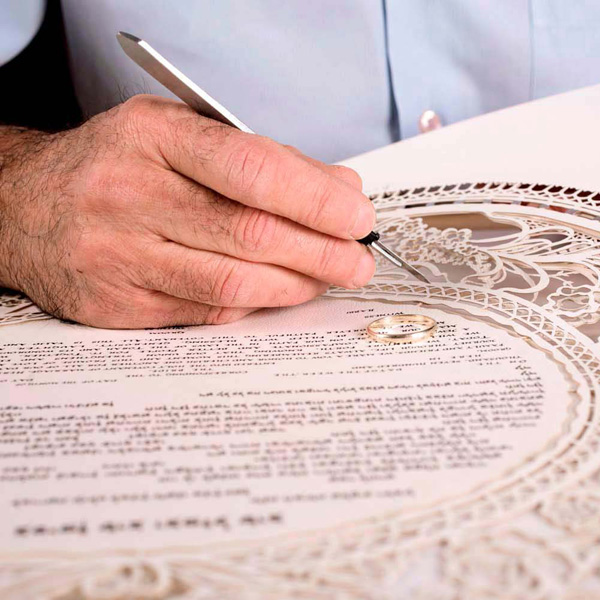
Why the Ketubah Still Matters – A Legacy of Love and Identity
The wedding Ketubah remains a powerful testament to the enduring bond between love, tradition, and identity. While it once functioned purely as a legal contract to protect the bride’s rights, today it holds deeper symbolic weight, cherished not only for what it says but for what it represents. In a world where rituals are constantly evolving, the ketubah is a stunning piece that offers couples a moment to pause, reflect, and root their union in meaning that transcends ceremony. It becomes an heirloom of the heart—one that tells a story of shared purpose, spiritual connection, and lifelong partnership as known in the Jewish tradition.
Framed and displayed prominently in homes, the wedding ketubah is often among the most treasured items a couple shares. Its presence serves as a visual and emotional reminder of the promises exchanged, the values upheld, and the love that brought two lives together. Whether positioned above a bed, in a hallway, or within a sacred space in the home, it anchors the couple to their vows in moments of joy and challenge alike. This physical manifestation of commitment stands quietly yet confidently, witnessing a life being built around it.
Moreover, the modern ketubah gracefully bridges the past and present. While it honors Jewish heritage with roots that stretch back thousands of years, it also embraces the couple’s individuality in the here and now. Through personal text choices, artistic expression, and intentional design, today’s wedding ketubah becomes a living artifact—one that reflects who the couple is, what they believe, and the legacy they wish to create together. It’s this blend of ancient ritual and personal resonance that continues to make the ketubah not just relevant, but essential, in contemporary Jewish life.

